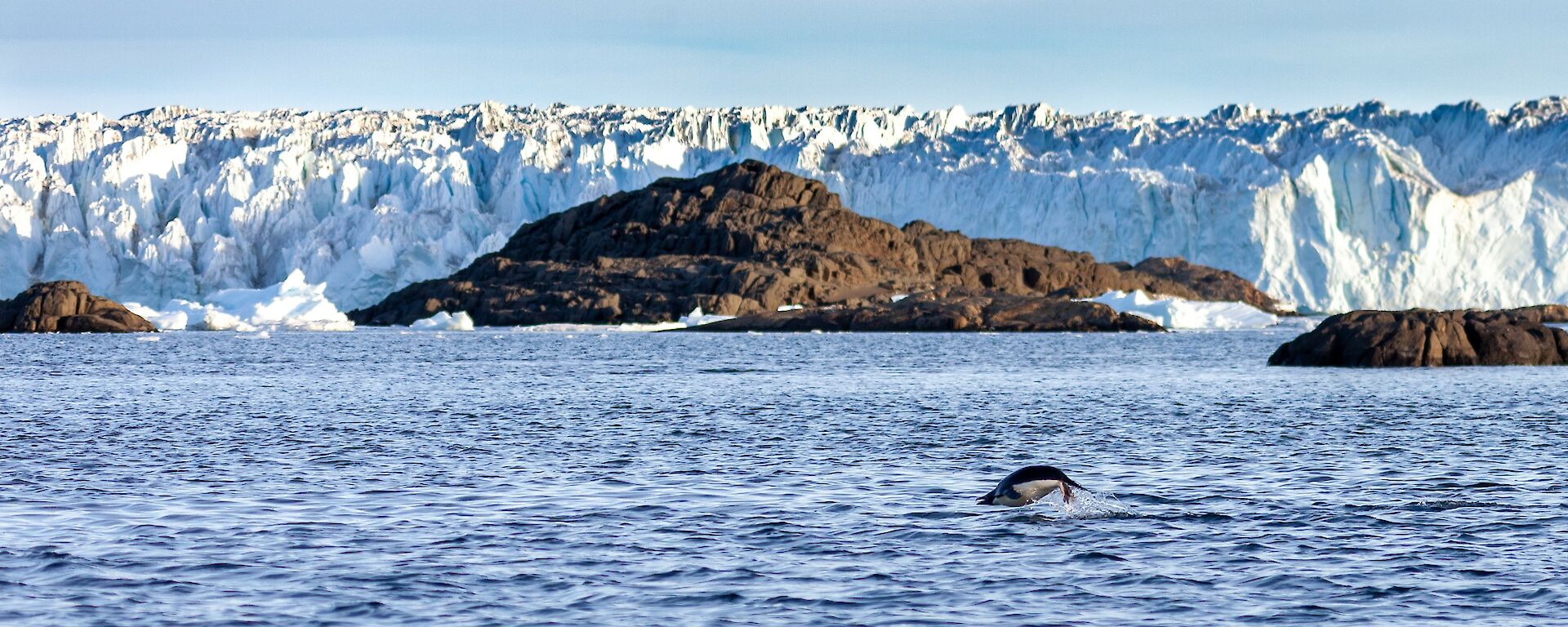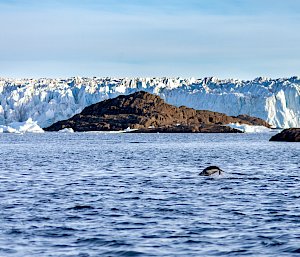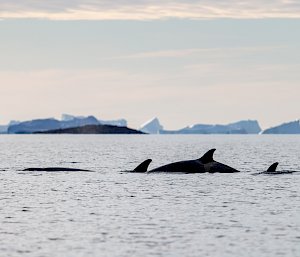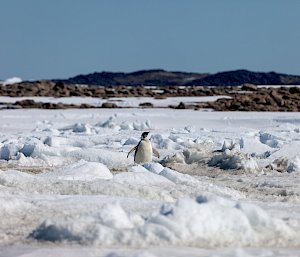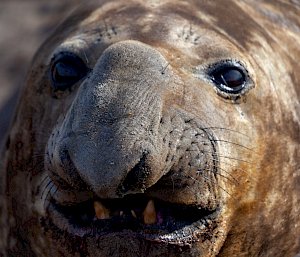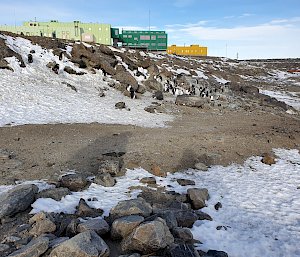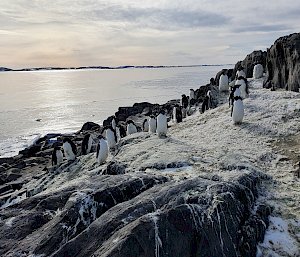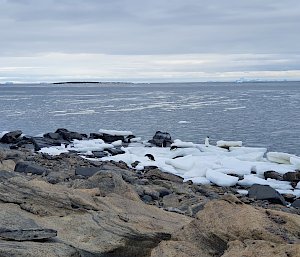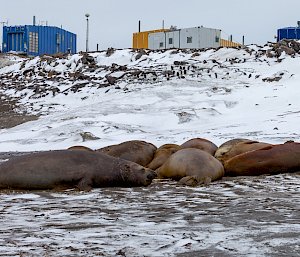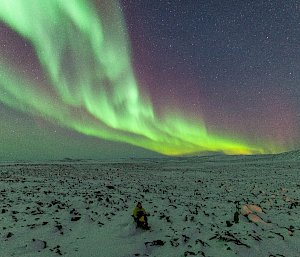As the station communications technical officer my days are normally filled with fixing radios, installing new servers and computers, and troubleshooting whatever various ICT gremlin has reared its head that day. However fixing all this is not what brought me to Antarctica, as much as I love the ICT space, the biggest drive to come down here was the opportunity to see the unique wildlife that simply cannot be seen anywhere else. This is a part of the trip which has absolutely been delivered. We have been privileged to have Adélie penguins as a frequent encounter all summer long, elephant seals moulting on the beach, the occasional emperor penguin wandering past and the rare pod of killer whales in the bay. As a keen photographer I have been thrilled to capture some reasonably decent photos of much of the wildlife, something that makes all the time and money spent in this hobby well worthwhile.
Another one of the drivers that brings people down to Antarctica is the science that is being undertaken here, it’s one of the key drivers for the stations existence at all. I was fortunate enough to help undertake several wildlife surveys over the summer, counting seals and penguins.
After the dedicated scientists left at the end of summer it was just down to us amateurs to undertake these wildlife surveys. One other expeditioner (Dave Cobb) and I were volunteered to be the principals for undertaking the moulting penguin survey each week. This consisted of walking one of two routes along the coast, either starting north of Davis, at Law Cairn, and walking back to station, or walking south to the Old Wallow.
Adélie penguins each year replace all their feathers. Rather than doing this gradually over the year they instead find a sheltered location and bunker down for a week or two whilst they lose all their old feathers and sprout new ones. This leaves some very grumpy and bedraggled penguins gathered in clusters around different areas on and off station.
And thus with an eager volunteer each for company, we took turns walking up and down the coast at Davis each week. Each group of penguins was counted, with their condition of moult assessed, photos taken of the location, size of the moult area estimated, and a GPS waypoint marked down. All in all it makes for slow going, with a walk that normally takes an hour easily coming closer to three hours, counting several hundred penguins along the way. With the colder weather heading into winter and slow going, layering warmly was a key part of staying comfortable!
The penguins were assigned a number for their stage of moult, with 1 for just starting, 2 and 3 being well underway, and 4 for a nearly completed moult. A penguin starting to moult their feathers is hard to distinguish for the uninitiated, but you can notice a subtle difference in colouring. The old feathers have a brown tint about them, but the new feathers are distinctively blue. Getting close enough to pick the difference isn’t always possible as the penguins are distinctively grumpy whilst moulting, so a good pair of binoculars is incredibly helpful.
As the penguins began to finish their moult we noticed they seemed to be hanging out closer to the water. There was some questioning over whether they were exhibiting Zugunruhe – a migratory restlessness with the birds gazing longingly in the direction they needed to start migrating for the winter. Whilst it’s hard to understand the chaotic undertakings of Adélie penguins they certainly seemed more restless at the end of their moult. Sure enough, as they finished their moult they didn’t hang around for long. Numbers fell rapidly from hundreds of birds each week to just a handful, and then none.
Now with the elephant seals all having finished their moult, they have left for the winter as well. Just leaving us humans here at Davis, as the only things crazy enough to live here over winter. Now the best thing to get photos of is the aurora australis.
Kirk Yatras

